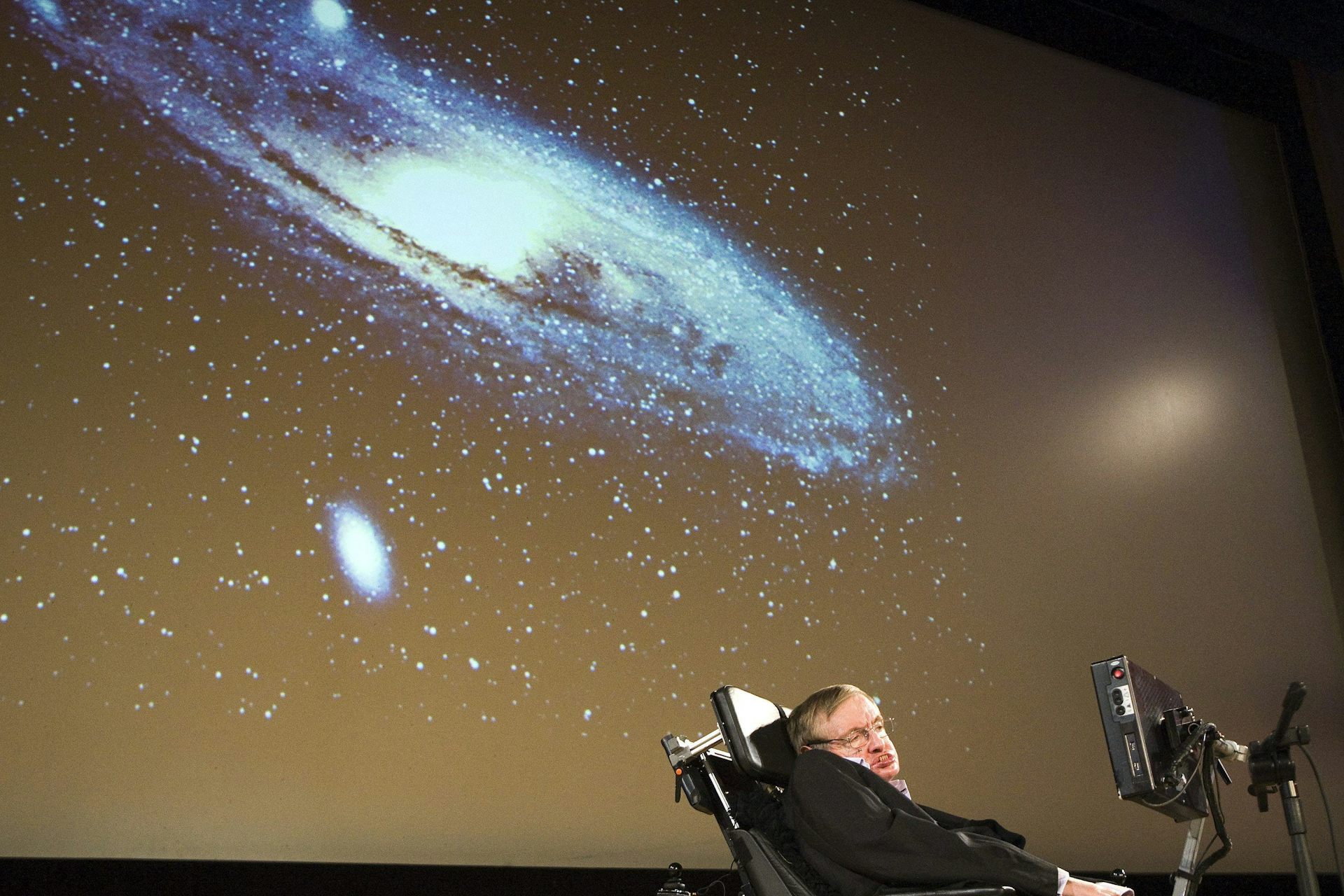

Although whatever happens inside of a growing black hole is still a complete mystery. Nature News has announced that there are no black holes.

MIT astrophysicist Maximiliano Isi, another study co-author, added these findings are an example of general relatively explaining the world flawlessly. However, he contended that the radiation would be so scrambled that scientists could never work backwards to understand what fell into the black hole in the first place. Researchers may have solved Professor Stephen Hawking's famous black hole paradoxa mystery that has puzzled scientists for almost half a century. These findings are “an exciting hint that black hole areas are something fundamental and important,” astrophysicist Will Farr, a co-author of the study from Stony Brook University in New York, told Science News. However, physicist Stephen Hawking has proposed a new theory about black holes that suggests they not be as all-powerful as we once thought, although you still would never want fly into one. In 1974, Stephen Hawking found that matter and energy can escape a black hole through what is now known as Hawking radiation. One that was, in fact, bigger than that of the two, previously separate, black holes combined. Stephen Hawking has a new mind-bending theory about black holes, the bizarre cosmic objects that cemented his reputation as the world’s most famous living scientist.

And, upon studying the data, found the post-merger black hole did indeed have a larger surface area. The astrophysicists broke up the data into two segments one accounting for the two black holes’ respective surface areas prior to the merger, and one for the new, singular black hole’s surface area post merger. Hawking radiation is black body radiation that is theorized to be released outside a black holes event horizon because of relativistic quantum effects. The study attempts to put to rest the debate over Stephen Hawking’s famous information paradox, the. 22 through the preprint journal and has not yet undergone the peer review vetting. Black holes really are giant fuzzballs, a new study says. In the case of the LIGO data, the astrophysicists studied two merging black holes that sent gravitational waves, or ripples in the fabric of spacetime-which NASA visualizes in the unrelated video above-across the universe. Famed astrophysicist Stephen Hawking has shaken up the popular science world with his newest study about the basic nature of black holes, but is his idea revolutionary Hawking's new black hole study entitled 'Information Preservation and Weather Forecasting for Black Holes' was published Jan.


 0 kommentar(er)
0 kommentar(er)
